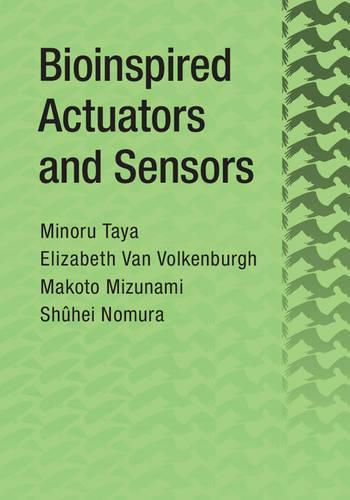Readings Newsletter
Become a Readings Member to make your shopping experience even easier.
Sign in or sign up for free!
You’re not far away from qualifying for FREE standard shipping within Australia
You’ve qualified for FREE standard shipping within Australia
The cart is loading…






From authors renowned in the fields of engineering and biology, this is the first book to integrate sensor and actuator technology with bioinspired design. Beginning with detailed descriptions of actuation and sensing mechanisms in plants and animals, the authors move on to apply these principles to synthetic design, offering in-depth knowledge of the development of state-of-the-art smart materials and devices. All of this is supported with a range of real-world applications, from tactile sensory systems in insects linked with the development of robotic hands, to the structural colour systems in nature used to inspire camouflage technology. Further examples are given of successful designs along with their integrated autonomous systems, such as flying and swimming, unmanned systems, and autonomous zero-energy building design. With a wide interdisciplinary appeal, this is an ideal resource for any student, practising engineer, or researcher interested in the connection between natural systems and synthetic design.
$9.00 standard shipping within Australia
FREE standard shipping within Australia for orders over $100.00
Express & International shipping calculated at checkout
From authors renowned in the fields of engineering and biology, this is the first book to integrate sensor and actuator technology with bioinspired design. Beginning with detailed descriptions of actuation and sensing mechanisms in plants and animals, the authors move on to apply these principles to synthetic design, offering in-depth knowledge of the development of state-of-the-art smart materials and devices. All of this is supported with a range of real-world applications, from tactile sensory systems in insects linked with the development of robotic hands, to the structural colour systems in nature used to inspire camouflage technology. Further examples are given of successful designs along with their integrated autonomous systems, such as flying and swimming, unmanned systems, and autonomous zero-energy building design. With a wide interdisciplinary appeal, this is an ideal resource for any student, practising engineer, or researcher interested in the connection between natural systems and synthetic design.